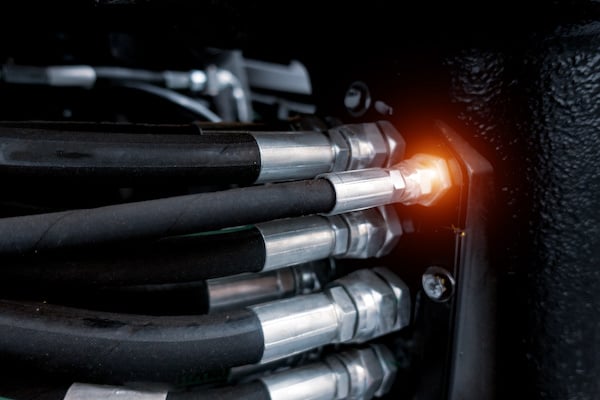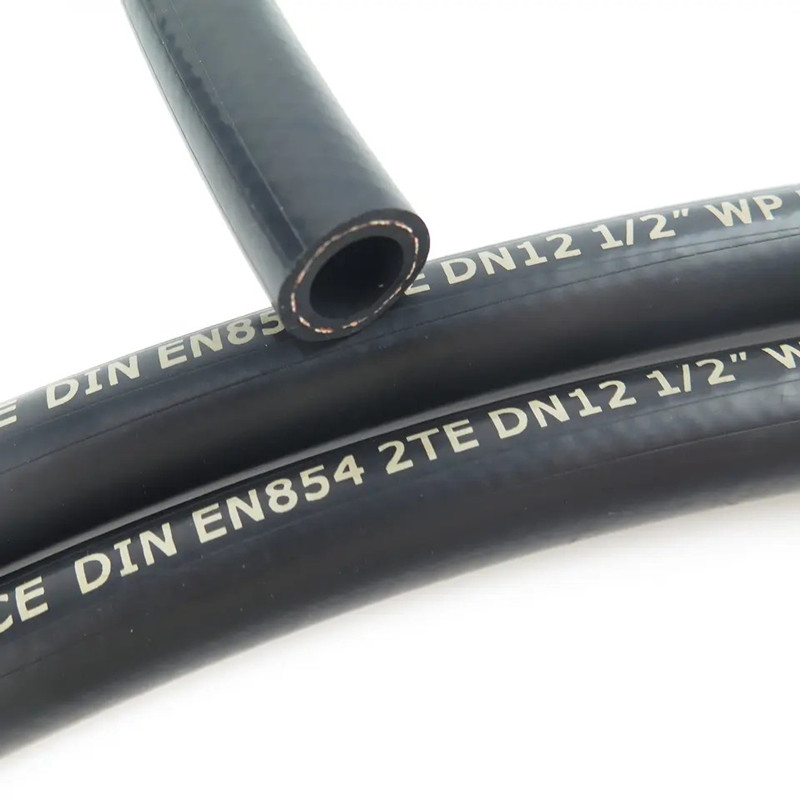
Do Not Ignore Hydraulic Leaks
Even small, seemingly insignificant leaks are warning signs of what could be a broader problem in the system, often causing failures and longer downtimes. Additionally, if fluid is leaking, it’s likely that contaminants can enter the system. Even the smallest dirt particle or air in the line can cause hydraulic system failure. Therefore, immediately repairing hydraulic fitting leaks or any leaks found in the system is critical to its service life. As remarkable as it may seem, preventable leaks are the cause of over 100 million gallons of hydraulic fluid seeping into the environment each year in the U.S. alone.First Confirm the Fitting is the
Source of the Leak
As with all leaks, drips will occur at the lowest point of gravity.When a leak starts at the ridge of your roof, it often ends up dripping from a valley down to the middle of your ceiling. Similarly, hydraulic fluid dripping from a fitting could be coming from higher up in the assembly. Before assuming it’s the fitting, check the assembly components and hose above the dripping fitting to identify the actual source of the leak. If you assume it’s the fitting and replace it without checking the rest of the system, it may continue to leak and you’ll end up with more extensive repairs and longer downtime.

